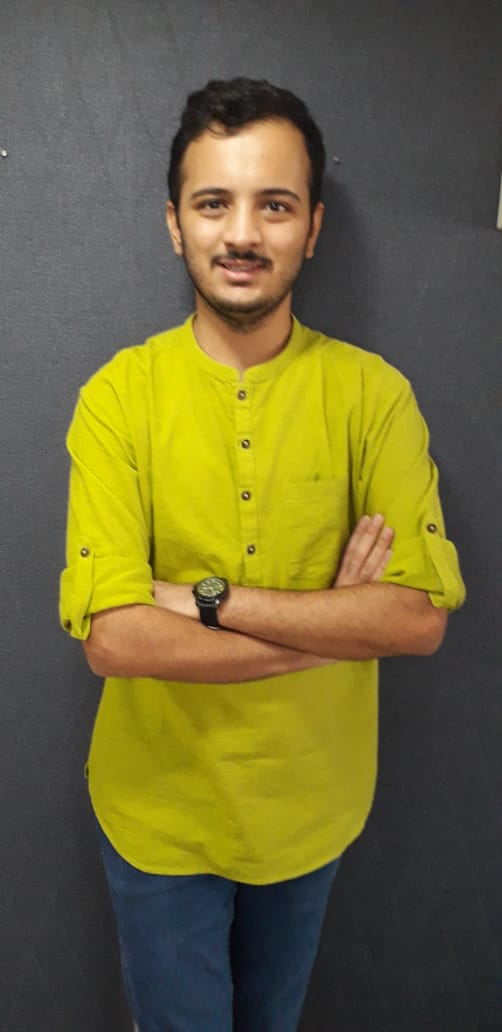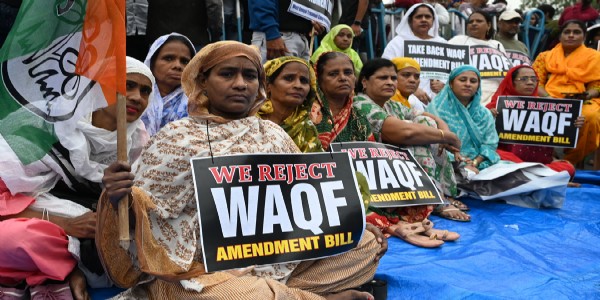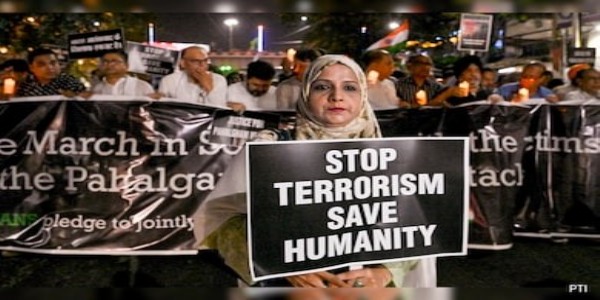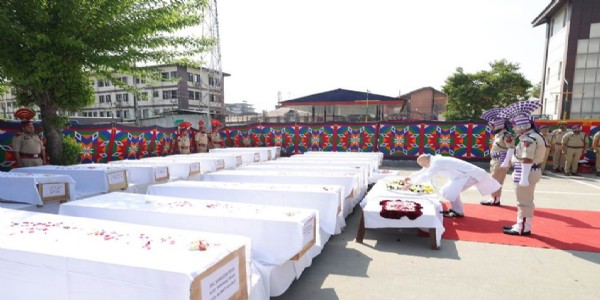Why is Aarey the best choice for Metro Carshed?
Here for the sake of this article let"s keep aside all political views on it and try to find out some operational realities associated with the location of the carshed. For this purpose, we are referring to the Detailed Project Report (DPR) of the Colaba- Bandra- Seepz Metro Line 3 project. This report is available on the website of Mumbai Metro Rail Corporation Ltd. (MMRCL). This report was finalized in 2011.
Total Views | 237
As the new government took charge in Maharashtra, the decision to construct Metro-3 carshed at Aarey was taken immediately. Under Maha Vikas Aghadi (MVA) government the metro project was on the backfoot. Now again the topic has surfaced.
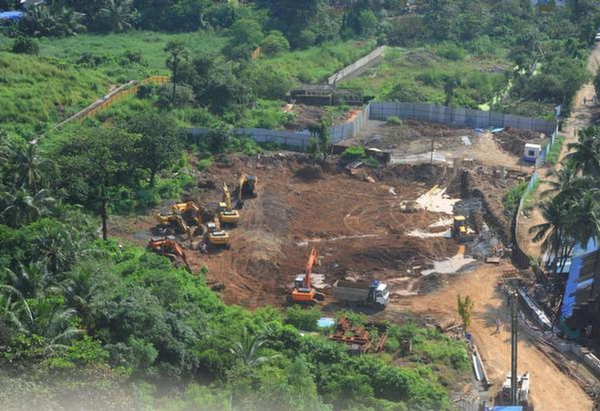
We can clearly see a division between citizens who support Aarey carshed and those who oppose it. Definitely, this division has a political aspect. Most of those who support the carshed location are mainly supporters of the BJP government and on the other hand, many opposing the site are supporters of Shivsena or Uddhav Thackeray. Here for the sake of this article let's keep aside all political views on it and try to find out some operational realities associated with the location of the carshed. For this purpose, we are referring to the Detailed Project Report (DPR) of the Colaba- Bandra- Seepz Metro Line 3 project. This report is available on the website of Mumbai Metro Rail Corporation Ltd. (MMRCL). This report was finalized in 2011. Along with the project report, an unofficial talk with a high-level ex-metro officer with an experience of nearly 10 years of metro operations has helped for this article.
Also Read: NCPCR seeks FIR against Aaditya Thackeray for allegedly using children in 'Save Aarey' protest
Need of the Carshed
Many who have no knowledge of train operations can have this question, why do we need a carshed in the first place? No train operation can take place properly and with full capacity in the absence of a carshed. There are six types of maintenance works which are supposed to be conducted. One of them is called ‘Daily Checks’ which are needed to be performed for trains to run smoothly. The next two are A and B checks which would be performed after 15 and 45 days respectively. Along with these two, there are three other periodical long durational checks which are required to perform. Hence the option of not having a carshed is out of the question.
Why Aarey?
We can see, that there are two aspects of the answer to this question. Current Deputy Chief Minister Devendra Fadanvis had already explained the legal reason for choosing the Aarey and not the Kanjurmarg location. Yet, there is operational and cost aspect that we as a common man need to understand because we are taxpayers and the cost of the project is also borne from our taxes. First of all, we need to understand the location and size of the carshed are chosen very technically. It cannot be and should not be changed because some political party or one NGO says so. The wrong location of the carshed site has very long-term and expensive impacts. The DPR-2011 had identified four locations which could serve as carshed and yet they proposed Aarey. These are Mahalaxmi Race Course, Exhibition Ground BKC, Kalina University Land and two plots of Aarey Milk Colony. Interestingly we can see that Kanjurmarg was never even considered. The reason is, that there are two pre-requisites for the location of the carshed. One, the plot size should be at least 25ha for the main depot and 15 ha for the minor depot and second, the distance of the site should be as possible as close to the line in order to save the time of placement/retrieval of rakes from the depot. Also, it would save the cost of the construction of the link from the corridor to the depot. So it is obvious why Kanjurmarg location is not considered and also why it is not suitable. Among all four sites, only one plot at Aarey is 34.3 Ha and hence suitable for the main depot cum workshop. Also, it is not far from Seepz station, therefore the corridor needs to be extended up to 1km beyond Seepz. Therefore DPR suggests a main depot cum workshop at Aarey and a minor depot at Kalina University land if required.
Other reasons
Metro carshed is a prerequisite for the Metro project. As per the MMRCL website the only available final DPR is from 2011. If NGOs’ had problems with the carshed location it is certainly a question why were they silent until nearly the end of 2018. Now in 2022 when tunnelling is almost on the verge of completion, stations would be ready soon and also Alstom is ready to deliver rakes, it is utterly foolish to demand a change of the location of the most important part of the project. As per DPR, the project was supposed to be ready by 2016. So we can understand that the project is already delayed by nearly 6 years. Some newspapers have also stated that the cost of the project has already increased by nearly 1000 crs. Along with the question of how to deliver rakes in Kanjurmarg carshed, there are several other technical issues involved. There are several sorts of system integration to take place on one line for trains to run ex. communications, signalling etc. There is another line on JVLR which goes towards Mulund. One may think of using the same viaduct to deliver rakes to Kanjurmarg carshed. Even though the thought looks very ecofriendly on paper unfortunately it is not. Simply using an already constructed metro viaduct is not a viable option at all. As said earlier, there are several systems which are integrated for a metro to run. Currently rolling stock and signalling contracts for Metro Line 3 are awarded and there is no guarantee that the same suppliers would bid again and win the contract for Line 6. Also, the operations of both lines will be handled by two different companies. Additionally, line 6 is yet under construction. In such a case, it is totally waste of money to wait for the viaduct to get completed in the first place. Secondly, the question of required system integration remains unanswered. Nearly 25% of work is already completed on the Aarey plot. If the carshed is shifted to Kanjurmarg the new work that will need to complete is, to wait till the construction of the viaduct to the plot, system installations on both lines, system integration and many more small checks. Every passing day is increasing the cost of the project and reducing the project viability. Ultimately it is our money collected in the form of tax, which will be wasted in this process. This is why carshed at Aarey is the most viable option.

